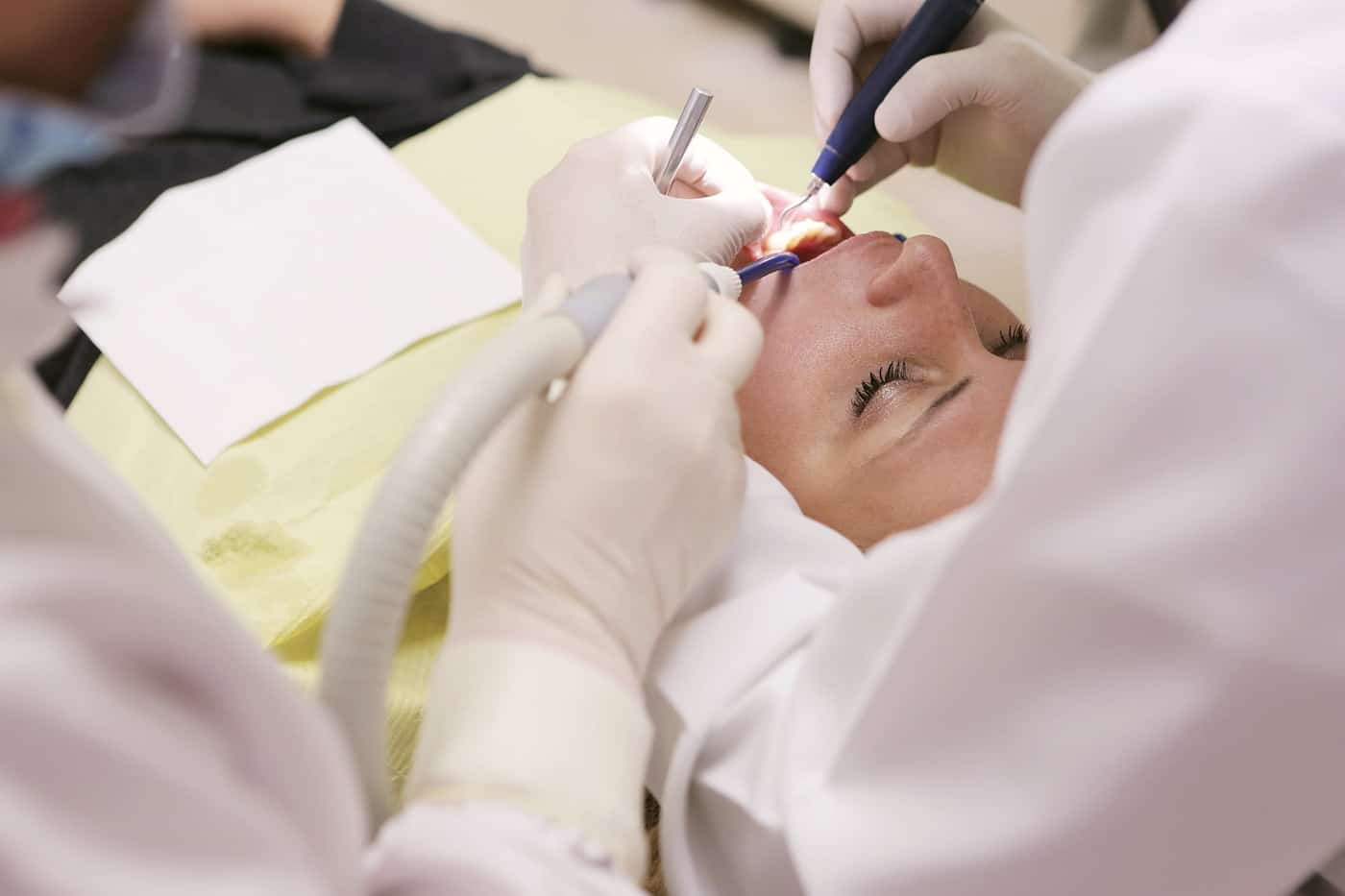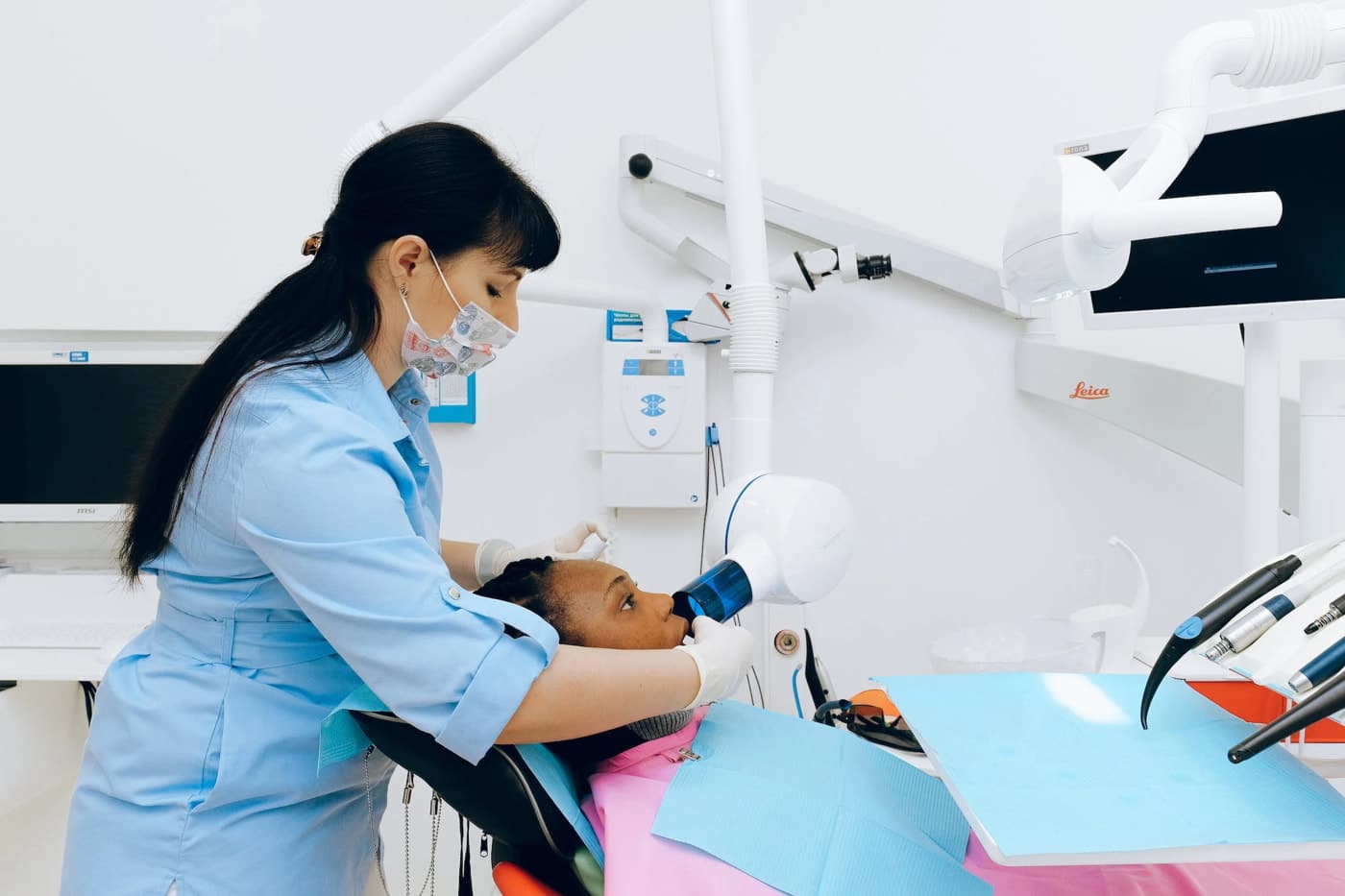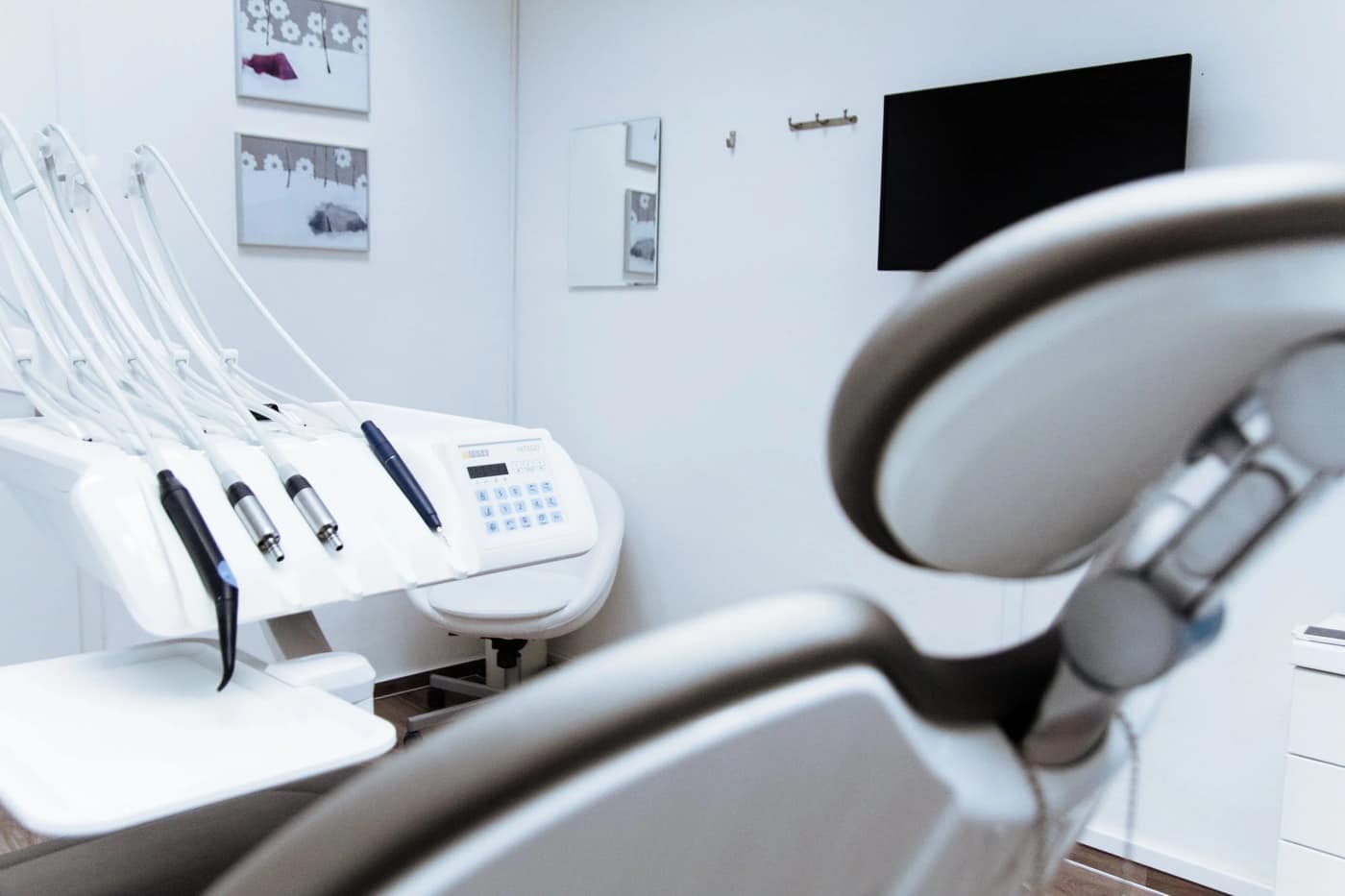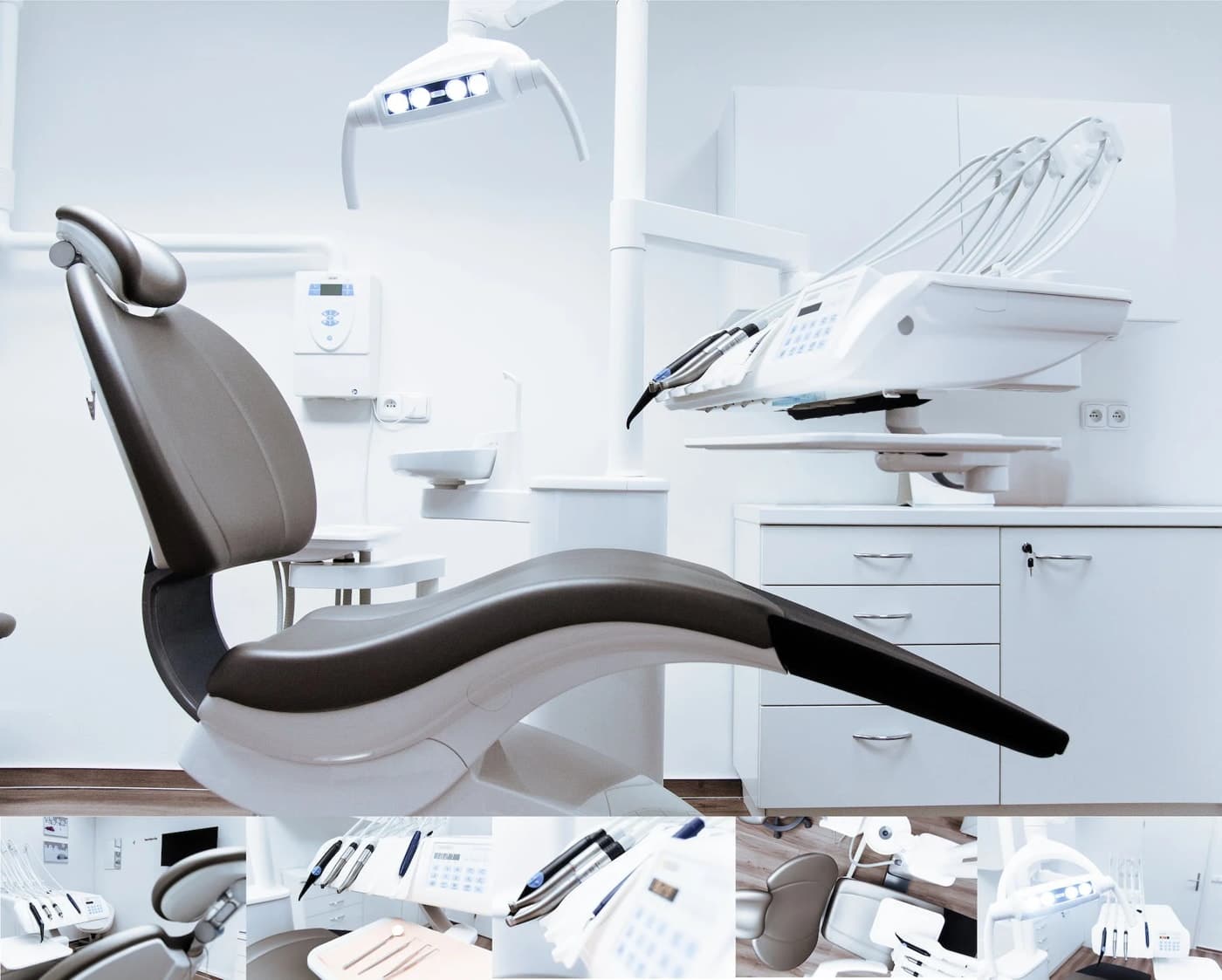The dental field is a dynamic and intricate realm that extends far beyond routine check-ups and bright smiles. Beneath its surface lies a complex web of scientific knowledge, technological advancements, patient care strategies, ethical considerations, and interdisciplinary collaborations. In this comprehensive article, we embark on a journey to unravel the complexities of the dental field, exploring its multifaceted nature, challenges, innovations, and the dedicated professionals who navigate its intricacies to provide optimal oral healthcare.
1. Scientific Foundations:
At the core of the dental field lies a deep understanding of human anatomy, physiology, and oral biology.
a. Oral Anatomy: Dental professionals must possess an intricate knowledge of the oral cavity’s structures, including teeth, gums, tongue, and salivary glands.
b. Oral Microbiology: The study of the oral microbiome is crucial for comprehending oral health, as microorganisms play a significant role in diseases like dental caries and periodontitis.
c. Materials Science: From dental fillings to prosthetics, dentists must understand the properties and interactions of various dental materials to ensure safe and effective treatments.
2. Advanced Technologies:
The dental field is at the forefront of technological innovation, enhancing diagnostic capabilities and treatment outcomes.
a. Digital Imaging: Technologies like digital X-rays and cone beam computed tomography (CBCT) provide detailed images for precise diagnosis and treatment planning.
b. Intraoral Scanners: Intraoral scanners create 3D models of the oral cavity, revolutionizing the process of capturing impressions for restorations.
c. CAD/CAM Systems: Computer-aided design and manufacturing enable same-day fabrication of dental restorations like crowns and bridges.
3. Patient-Centered Care:
The dental field places a strong emphasis on delivering patient-centered care that goes beyond clinical procedures.
a. Cultural Sensitivity: Dental professionals interact with diverse patients, requiring cultural competence and sensitivity to provide effective care.
b. Patient Education: Educating patients about oral health, treatment options, and preventive measures empowers them to make informed decisions.
c. Psychological Considerations: Dental anxiety is a real concern, prompting professionals to employ strategies to ease patients’ fears and ensure a comfortable experience.
4. Ethical Dilemmas:
Dental practitioners often grapple with complex ethical considerations that influence their decision-making.
a. Informed Consent: Ensuring patients understand treatment risks, benefits, and alternatives is essential for obtaining informed consent.
b. Confidentiality: Safeguarding patient information is a critical ethical obligation in the digital age, where data security is paramount.
c. Balancing Aesthetics and Function: Achieving a balance between cosmetic dentistry’s aesthetic goals and functional outcomes requires ethical judgment.
5. Interdisciplinary Collaboration:
The dental field intersects with various other medical disciplines, requiring collaboration for comprehensive patient care.
a. Oral-Systemic Link: Dentists collaborate with physicians to address the oral-systemic connection, as oral health impacts overall health and vice versa.
b. Sleep Medicine: Dental professionals work with sleep specialists to treat sleep apnea and related disorders using oral appliances.
c. Orthognathic Surgery: Collaboration with maxillofacial surgeons is essential for addressing complex cases involving jaw realignment.
6. Emerging Specializations:
The dental field is witnessing a surge in specialized areas, each with its unique focus and expertise.
a. Oral Implantology: Dental implant specialists restore missing teeth using surgical placement of dental implants.
b. Pediatric Dentistry: Pediatric dentists specialize in treating children, providing age-appropriate care and promoting oral health education.
c. Geriatric Dentistry: With an aging population, geriatric dentists address oral health concerns specific to older adults.
7. Oral Health Advocacy:
Dental professionals advocate for oral health awareness and access to care on both individual and community levels.
a. Public Health Initiatives: Dentists participate in campaigns promoting oral hygiene, preventive care, and community fluoridation programs.
b. Legislative Engagement: Dental associations lobby for policies that improve oral health access and insurance coverage for all.
8. Global Health Impact:
The complexities of the dental field extend beyond borders, contributing to global health initiatives.
a. Oral Health Disparities: Dentistry plays a crucial role in addressing oral health disparities in underserved regions and marginalized communities.
b. International Outreach: Dental professionals participate in international missions, providing dental care and education to underserved populations.
9. Technological Advancements Shaping the Future:
As technology continues to evolve, the dental field adapts to incorporate innovative tools that redefine patient care and treatment methods.
a. Teledentistry: The integration of telehealth in dentistry allows for remote consultations, monitoring, and follow-ups, making oral healthcare more accessible.
b. 3D Printing: Dental laboratories and clinics are utilizing 3D printing for creating prosthetics, orthodontic appliances, and surgical guides with unprecedented precision.
c. Artificial Intelligence: AI algorithms assist in diagnostics, treatment planning, and patient communication, enhancing the accuracy and efficiency of dental practices.
10. Continual Learning and Advancement:
Staying current in the dental field requires dedication to lifelong learning and professional development.
a. Continuing Education: Dental professionals engage in continuous education to remain updated on the latest techniques, technologies, and research.
b. Research Contributions: Many dentists are involved in research projects that contribute to advancements in oral healthcare, from new materials to innovative treatment approaches.
11. Addressing Access to Care:
Despite advancements, access to dental care remains a challenge in some communities, sparking initiatives to bridge the gap.
a. Community Clinics: Dental practitioners and volunteers collaborate to establish community clinics that provide free or low-cost dental services to underserved populations.
b. Mobile Dental Units: These units reach remote areas, schools, and nursing homes, offering on-site oral healthcare and education.
12. Environmental Considerations:
The dental field is also embracing eco-conscious practices to reduce its environmental impact.
a. Eco-Friendly Materials: Dental practices are adopting sustainable materials and practices to minimize waste and promote eco-friendly dentistry.
b. Reducing Mercury Usage: Efforts to reduce mercury use in dental amalgam align with environmental sustainability goals.
Conclusion:
The complexities of the dental field are a testament to its dynamic nature and its profound impact on individuals and communities. Beyond its clinical aspects, dentistry encompasses scientific rigor, technological innovation, ethical deliberation, interdisciplinary cooperation, and a commitment to improving global oral health. Dental professionals navigate these complexities with skill, compassion, and a dedication to ensuring every patient’s well-being. As the field continues to evolve, its complexities provide a roadmap for continued growth, innovation, and the advancement of oral healthcare for generations to come.







